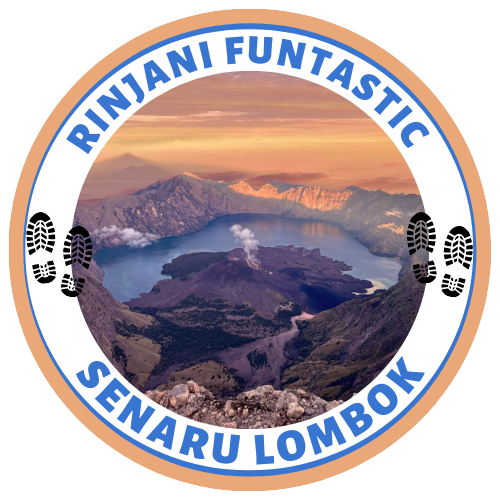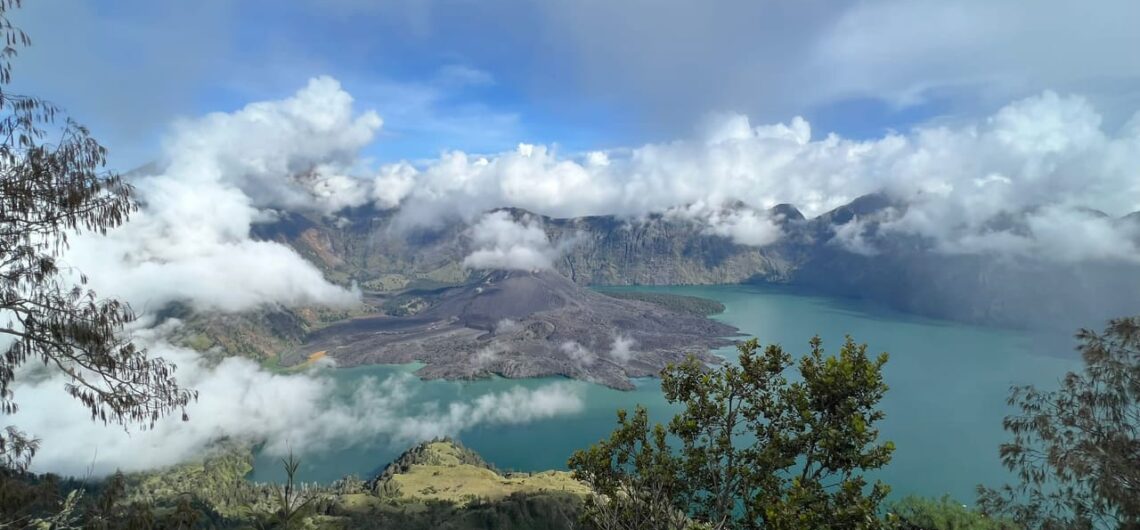Mount Rinjani Environmental Protection Introduction
Mount Rinjani, located on the Indonesian island of Lombok, stands tall and majestic, captivating the hearts of travelers and nature enthusiasts alike. This active stratovolcano, known for its breathtaking landscapes, lush forests, and the awe-inspiring Segara Anak crater lake, is a jewel of natural beauty in the Indonesian archipelago.
However, the rapid growth of tourism and human activity poses significant threats to the delicate ecosystem surrounding the mountain. In this article, we will explore the importance of preserving the environment of Mount Rinjani and the measures needed to protect its unique biodiversity and pristine landscapes.
Biodiversity Hotspot
Mount Rinjani and its surrounding areas boast a rich biodiversity, making it a designated national park. The diverse range of flora and fauna includes endemic species that are found nowhere else on Earth. From the lush rainforests that cloak the slopes of the mountain to the highland savannas and the unique species that inhabit the crater lake, Mount Rinjani’s ecosystem is a treasure trove of ecological wonders.
Threats to the Environment
- Uncontrolled Tourism: In recent years, tourism has surged around Mount Rinjani, bringing both positive economic impacts and environmental challenges. Uncontrolled tourism can lead to deforestation, pollution, and habitat destruction. Irresponsible trekking and camping practices have resulted in litter and waste accumulation, threatening the delicate balance of the ecosystem.
- Forest Fires: As a result of human activities, such as slash-and-burn agriculture and unregulated campfires, forest fires have become a recurring problem around Mount Rinjani. These fires can lead to significant deforestation, loss of habitat, and soil degradation.
- Invasive Species: The influx of tourists and human activities have introduced invasive species, such as plants and animals, which can disrupt the native ecosystem and outcompete indigenous species for resources.
- Climate Change: Mount Rinjani is not immune to the impacts of climate change. Rising temperatures, changing precipitation patterns, and unpredictable weather can adversely affect the fragile habitats and species that call this mountain home.
Preservation Efforts
- Sustainable Tourism: Implementing sustainable tourism practices is crucial for preserving the environment around Mount Rinjani. This includes limiting the number of visitors, enforcing responsible trekking and camping guidelines, and providing education to tourists about the importance of protecting the environment.
- Reforestation and Fire Prevention: Collaborative efforts between local communities, government agencies, and environmental organizations can focus on reforestation initiatives and effective fire prevention methods to combat deforestation and wildfires.
- Invasive Species Management: Strict measures should be taken to prevent the introduction of invasive species and, if they are already present, to control and manage their spread to protect the native flora and fauna.
- Climate Action: On a broader scale, addressing climate change through reduced greenhouse gas emissions and adopting sustainable practices is essential to safeguard Mount Rinjani’s delicate environment.
Conclusion
Mount Rinjani is not only a remarkable tourist destination but also a vital ecological hotspot deserving of protection and preservation. By promoting sustainable tourism, conserving the unique biodiversity, and addressing environmental threats, we can ensure that future generations can experience the awe-inspiring beauty of Mount Rinjani.
It is our collective responsibility to act as stewards of this natural wonder and work together to safeguard its Mount Rinjani Environmental Protection for the benefit of all life it sustains.

